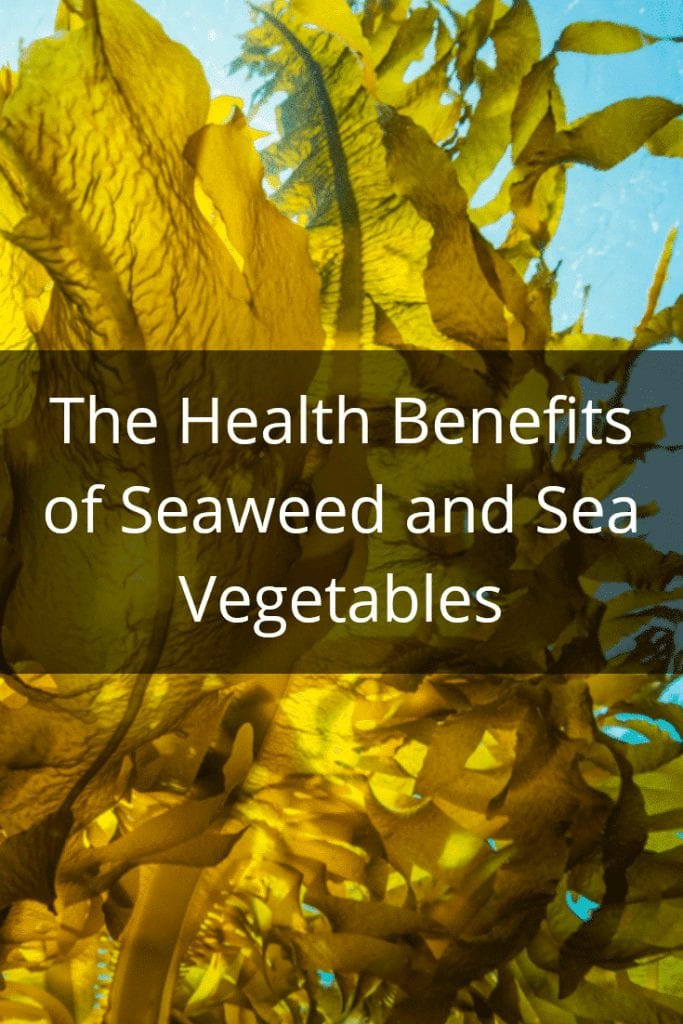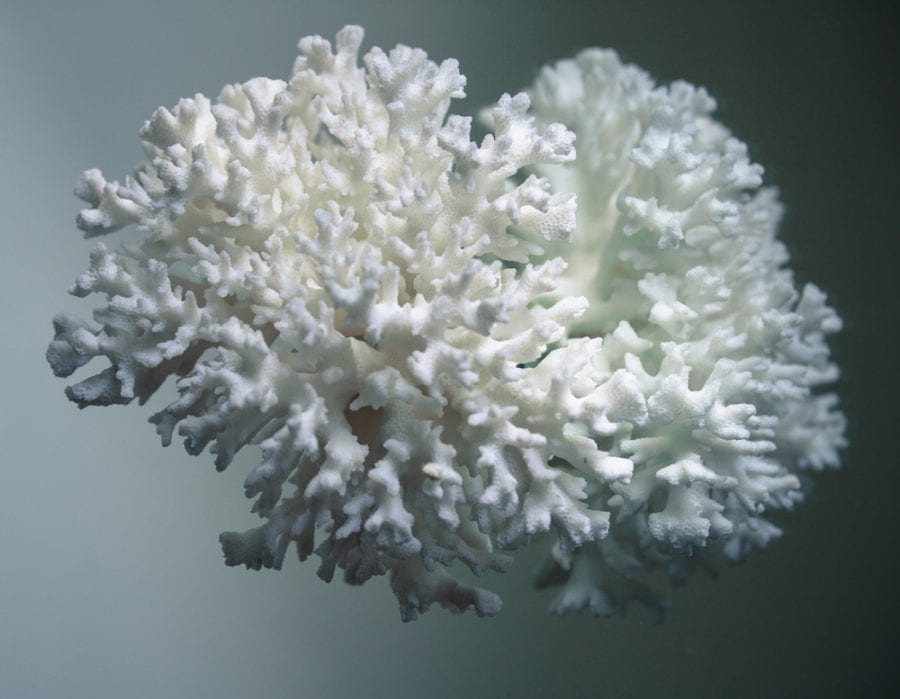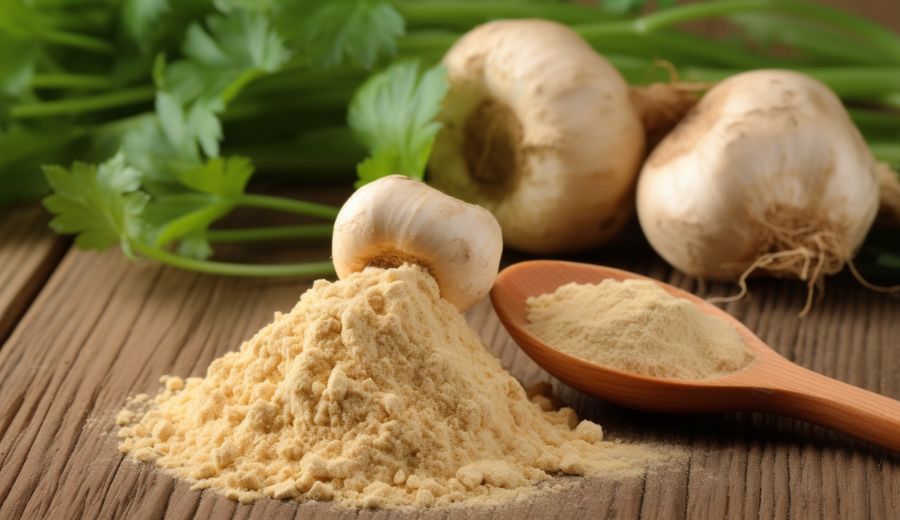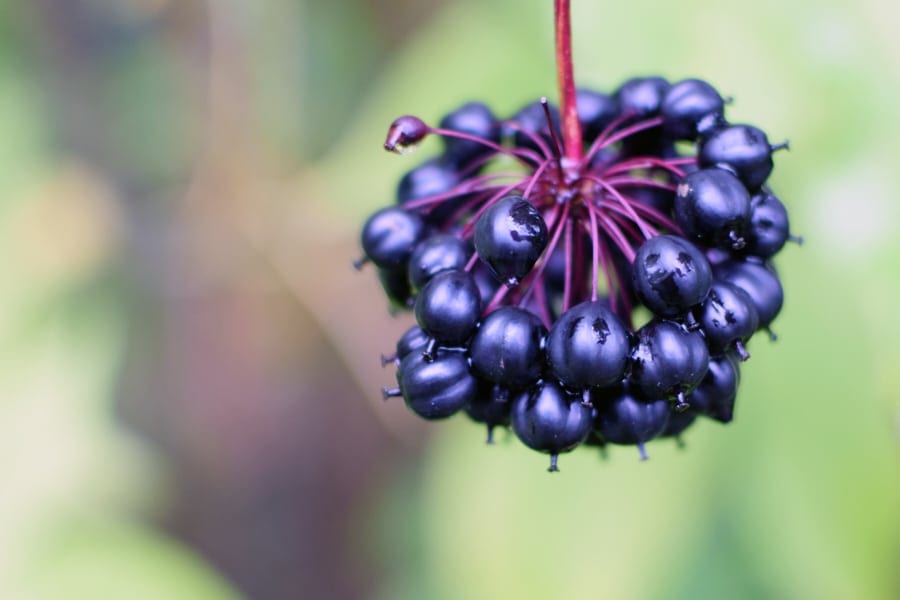Powerful Benefits of Sea Vegetables – Superior in So Many Ways
“Eat your greens” is a saying most of us have probably heard one too many times.
Most likely, we heard this when we were little, thinking “yuck!” when mom, dad, or grandparents wanted us to eat our broccoli, peas, or anything else healthy for us that wasn’t candy.
Eating those greens don’t get any less important when we grow up.
But that doesn’t mean we can’t expand how we think about greens, especially here in the Western world and in our Western diet.
We shouldn’t forget about powerful greens like broccoli, which contain many antioxidants, nutrients, and even unique phytonutrients, like sulforaphane. But there’s a whole other world of health-boosting greens out there.
All we have to do is turn our eyes away from the land for a moment, and instead, look to the sea.
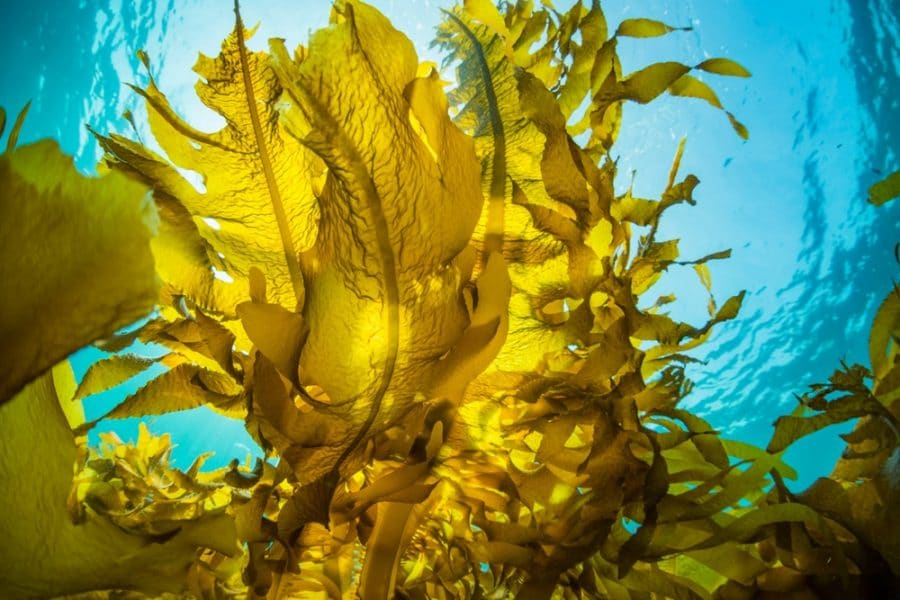
SEA VEGETABLES: HOW IS IT DIFFERENT?
That’s right: we’re talking about sea vegetables and even seaweed.
For many of us, these plant foods are not all that unfamiliar. We find them quite a bit in various Asian cuisines, including sushi, miso soup, seaweed salads, and more, though they’re a part of other cuisines too.
For those new to the concept, what’s the catch to eating sea plants?
Well, think less about plant-based foods and more about animal-based ones for a moment. We have meat, and then we have seafood. Do we ask ourselves what the point is to eating seafood? Not normally.
But that’s the thing: there are some valuable differences.
For one, food that is grown, raised, or caught in the ocean is exposed to different types of inputs in order to become a nourishing product, compared to what food from the land is exposed to.
What this means is that seafood (including plants), compared to land-based foods, could bring us a wealth of different nutrients and health benefits that we wouldn’t be available to us if we are only eating land-based plants and animals—we will get into that later.
HISTORY OF CULINARY SEAWEED AND VEGETABLES
We here in the Western world are only barely beginning to understand and reap the benefits of seaweed and sea vegetables—that is, compared to what other cultures have discovered about them, and the many ways they use them.
While we can find many types—such as kelp, nori, and wakame—at specialty or health food stores, these plant foods are a staple to other cultures. If they can’t be found there, they may easily be found at Asian grocers, especially Japanese grocers.
Evidence shows sea vegetables have been consumed for at least 10,000 years.
At least among Asian cultures it has. Beyond Japan, seaweed and other oceanic plant foods have been consumed in China, Korea, Malaysia, Vietnam, and beyond. Not only that, there is some evidence that they’ve been eaten by South American, Pacific Islander, and New Zealand cultures, too.
In Europe, some may not realize that sea vegetables are widespread in the British Isles and Scandinavia. So, what’s taken American Westerners so long to catch up?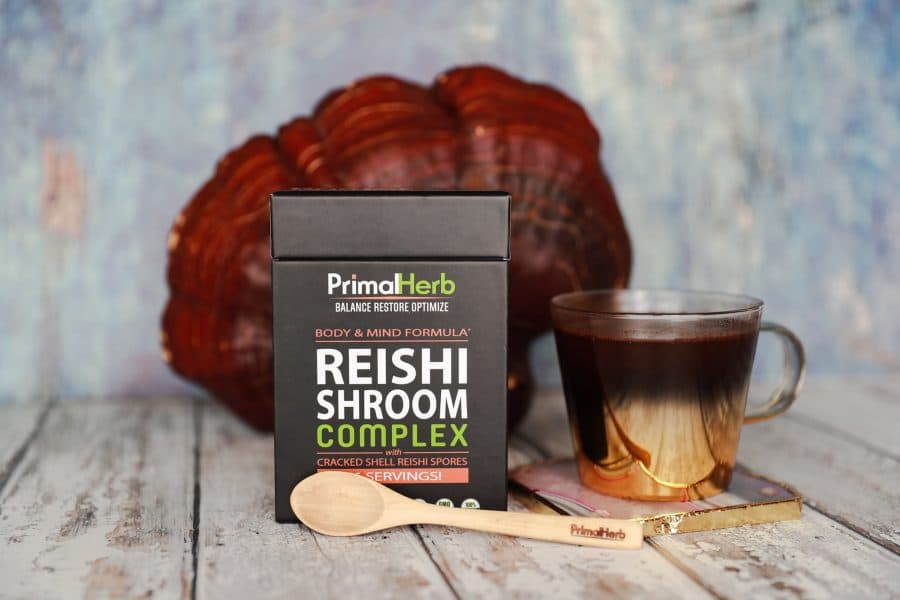
DIFFERENT TYPES OF SEAWEED AND SEA VEGETABLES
Whether for food or for medicine—or for both—many different types of seaweed and sea vegetables have risen to the top and are now popular all over the globe.
The following are the most likely to be found at the average grocery store, perhaps in health food or ethnic food sections, though they may be found elsewhere too if looked for hard enough.
However, these sea vegetables are not just known for popularity.
They are also known for their nutrient-rich profiles and health benefits, which are both explored and supported by numerous scientific studies. Find out about all these, and much more, below.
KELP
Kelp, as a category, covers a great deal of what we consider edible “seaweed,” even between many cultures and cuisines.
Getting into specifics, kelp is actually a larger category of all brown algae, some of which can be eaten (and which applies to the kelp certain cultures eat—not all kelp can be eaten). One good example of edible culinary kelp is kombu, which is consumed in East Asia.
There are many other types. All kelp that is eaten as food and for its healthy nutrient content is from the plant family called Laminariaceae, with the genus Alaria, Laminaria, or Saccharina likely being types of kelp.
Kelp can be quite nutritious, which is only one reason why it is eaten.
Studies show kelp may contain a phytonutrient called laminarin, a glucan and polysaccharide that may help boost gut health and even support healthier weight and metabolism as a result, which was shown in this review.
It’s also an incredibly nutrient dense food, chock full of healthy fats, B vitamins (including B12), iodine, magnesium, iron, vitamin C, vitamin E, and more. Preparations of the plant food can be absolutely delicious, too.
NORI
Next, we have nori. It may be the next most common seaweed or vegetable, as it is used a lot in Japanese cuisine, especially sushi preparation: think of the outside wraps for sushi rolls, which are made of nori.
Indigenous cultures in northwestern America would also harvest a very similar and related seaweed to nori for food. Nori is not considered a kelp—rather, it tends to be a red or green algae, of the genus Pyropia.
Nutritionally, nori seaweeds are quite remarkable.
For one, they are very high in protein for a plant source according to studies, making them appealing to vegans and vegetarians. They also contain various healthful amino acids, vitamins, and minerals that most land-based plants wouldn’t have compared to meat sources.
Most notably, nori is very rich in vitamin B12, which is another nutrient not available in most land-based plant foods and thus can be in short supply for vegetarians. Excitingly for plant-eaters, nori may contain a LOT of B12—comparable to even beef liver according to research.
ARAME
Though it is technically a kelp and brown algae, arame deserves a section all its own. It goes by another name, “sea oak,” which is a great description for its lobed oak-like fronds and touts the scientific name Eisenia bicyclis.
Unlike most kelp, arame only grows in a restricted part of the world.
Specifically, it grows near Japan, but also South Korea and is a culinary delicacy in both those countries and regions—especially in pickled form in salads. However, it is so nutritious and delicious, the seaweed is harvested for consumption all over the globe.
A healthful and nutritional kelp, arame is shown to be very rich in zinc according to research. Another study shows that it also contains a compound called fucosterol, which has been linked to anti-cancer, liver-protective, and diabetes-supporting health benefits, along with many others.
DULSE
While many types of seaweed and sea vegetables seem to be mostly Asian in origin, dulse represents the edible seaweed that is beloved by Europeans, especially in the British Islands and particularly Ireland.
Dulse is a red algae, distinct from kelp and green algae.
Besides being an obvious plentiful source of dietary fiber, scientific studies also show dulse to be rich in a great deal of other important vitamins and minerals. Namely: vitamin K, vitamin C, vitamin E, healthful amino acids, and iodine, a mineral that is important for optimal thyroid health.
Scientifically, dulse goes by the name Palmaria palmata. Other research suggests that the seaweed’s nutrient profile makes it great for protecting immunity, supporting female reproductive health, pregnancy, and boosting heart health.
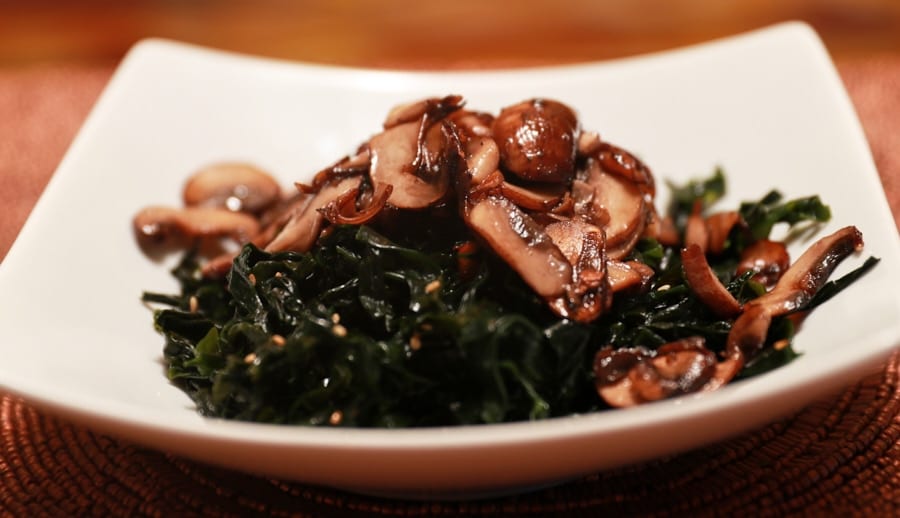
WAKAME
Ever had miso or other types of soups from Asian cuisine? The seaweed in it is very likely wakame, a type of both wild and farmed seaweed from Japan.
With the scientific name Undaria pinnatifida, wakame is a true green algae with a sweet yet rich flavor. It’s not uncommon to find it in certain salads, either.
As for its health benefits, wakame is quite nutritious.
Research says it contains great amounts of protein, vitamin A, and lots of our most important minerals: calcium, potassium, sodium, magnesium, iron, and also iodine. However, other studies mention that it contains omega-3 fatty acids, vitamin C, and vitamin E, too.
Such a nutritious sea vegetable makes this plant food as equally valuable for boosting overall health as any land vegetable.
HIJIKI
A brown type of algae, hijiki is another culinary favorite in Japan. Its flavor and nutritious reputation, which has been established for centuries, has made it also a sought-out food in the Western world, including the U.S. and the U.K.
Hijiki seaweeds all belong to the Sargassum genus. They’re known to contain a good collection of vital nutrients, including protein, fiber, potassium, calcium, magnesium, manganese, iron, and copper, according to research.
But it’s hijiki’s purported health benefits that have drawn the most attention.
One review dubbed the sea vegetable to have anti-inflammatory, pain-relieving, liver-protecting, immune-boosting, and even antiviral effects. What’s more, another study in 2012 found that hijiki’s antioxidant and immune-protecting effects were so powerful, they could reduce the risk of and even potentially fight certain cancers.
WHAT ARE THE OVERALL BENEFITS OF SEAWEED AND VEGETABLES?
In a nutshell, what can most sea vegetables and seaweed do for health?
The following make up health-boosting powers found across all these mentioned marine vegetables, or at least the majority of them. By incorporating more seaweed into one’s diet, one can expect these basic benefits:
- BETTER NUTRITION (LESS NUTRIENT DEFICIENCIES)
All seaweeds are very nutrient-dense, rich in vitamins, minerals, healthy fats, protein, and much more.
- BETTER SUPPORT FOR VEGAN/VEGETARIAN DIETS
Sea vegetables contain nutrients difficult to find in all-plant diets: vitamin B12, zinc, and adequate protein.
- MANAGING HEALTHIER WEIGHT BY IMPROVING METABOLISM
Some seaweeds, especially kelp, contain polysaccharides that support healthier metabolism to reduce obesity risk.
- BOOSTING GUT HEALTH/MICROBIOME
Polysaccharides in certain sea vegetables help improve gut microbes, while all seaweed contains fiber, which also helps digestion.
- SUPPORT OR REDUCE THE RISK OF DIABETES
Benefits to weight, metabolism, and digestion also help people reduce diabetes risk by lowering blood sugars.
- SUPPORT/REDUCE RISK OF HEART DISEASE
Antioxidants, fatty acids, and fiber are high in sea vegetables. These may help lower blood pressure.
- NATURALLY PROTECTING THE LIVER
Nori, arame, and hijiki have each shown an ability to help protect the liver in scientific studies.
- PROTECTING/IMPROVING THYROID HEALTH
Some kelp, dulse, and wakame are known to be rich in iodine, an imperative mineral for thyroid health.
- REDUCING THE RISK OF CANCER
Sea vegetable nutrients, especially antioxidants and fatty acids, are connected to reduced cancer risk in studies.
- HELPING INCREASE AND PROTECT THE IMMUNE SYSTEM
Dulse and hijiki have studies supporting that they boost the immune system and are immunomodulatory.
- IMPROVING FERTILITY AND REPRODUCTIVE HEALTH
Kelp, dulse, and wakame are rich in iodine, an important mineral ensuring babies are born to term in women.
With all these possible health benefits from consuming seaweed and sea vegetables, we should all make them a staple in our diets.
Get Social – Like, Comment, Pin, and Share!
RESEARCH
RESEARCH
Imen Hamed, Fatih Ozogul, Yesim Ozogul, Joe M. Regenstein (2015). Marine Bioactive Compounds and Their Health Benefits: A Review. Comprehensive Reviews in Food Science and Food Safety 14(4) 446-465. Retrieved from https://onlinelibrary.wiley.com/doi/full/10.1111/1541-4337.12136
I.A. Brownlee, A.C. Fairclough, A.C. Hall, J.R. Paxman (2012). The potential health benefits of seaweed and seaweed extract. Marine Biology: Earth Sciences in the 21st Century/Hauppauge, New York, Nova Science Publishers pp. 119-136. Retrieved from http://shura.shu.ac.uk/4980/
Mark L. Wells, Philippe Potin, James S. Craigie, John A. Raven, Sabeeha S. Merchant, Katherine E. Helliwell, Alison G. Smith, Mary Ellen Camire, Susan H. Brawley (2017). Algae as nutritional and functional food sources: revisiting our understanding. Journal of Applied Phycology 29(2) 949-982. Retrieved from https://link.springer.com/article/10.1007/s10811-016-0974-5
Qudeer Ahmed Abdul, Ran Joo Choi, Hyun Ah Jung, Jae Sue Choi (2015). Health benefit of fucosterol from marine algae: a review. Journal of the Science of Food and Agriculture 96(6) 1856-1866. Retrieved from https://onlinelibrary.wiley.com/doi/abs/10.1002/jsfa.7489
Ole G. Mouritsen, Christine Dawczynski, Lars Duelund, Gehard Jahreis, Walter Vetter, Markus Schroder (2013). On the human consumption of the red seaweed dulse (Palmaria palmata (L.) Weber & Mohr). Journal of Applied Phycology 25(6) 1777-1791. Retrieved from https://link.springer.com/article/10.1007/s10811-013-0014-7
M.C. Taboada, R. Millan, M.I. Miguez (2013). Nutritional value of the marine algae wakame (Undaria pinnatifida) and nori (Porphyra purpurea) as food supplements. Journal of Applied Phycology 25(5) 1271-1276. Retrieved from https://link.springer.com/article/10.1007/s10811-012-9951-9
Subhash R. Yende, Uday N. Harle, Bhupal B. Chaugule (2014). Therapeutic potential and health benefits of Sargassum species. Pharmacognosy Review 8(15) 1-7. Retrieved from https://www.ncbi.nlm.nih.gov/pmc/articles/PMC3931196/
Xiaoming Chen, Wenjian Nie, Guoqing Yu, Yali Li, Yunshuang Hu, Jianxin Lu, Liqin Jin (2012). Antitumor and immunomodulatory activity of polysaccharides from Sargassum fusiforme. Food and Chemical Toxicology 50(3-4) 695-700. Retrieved from https://www.sciencedirect.com/science/article/pii/S0278691511006065
Recommended
Elevate Your Memory: Nature’s Best for Cognitive Boost
It can be frustrating, the way it infiltrates anything and everything in one’s routine. At first, we might not be able to put a finger on what’s going on, or even think of it as …
Deficiency to Vitality: The Role of Maca, Epimedium, Tribulus, & Goji Berry
One of the most fundamental aspects of Traditional Medicine is the concept of yin and yang. They are opposite but complementary forces that are essential in balance for optimal health. Too much or too little …
Unleashing Siberian Eleuthero: From Energy Boosts to Stress Relief & Beyond
Herbs can be powerful tools for health. Over time, research has revealed certain botanicals to have numerous benefits. Plants like schisandra, rhodiola, and he shou wu are great examples—but turning to just one herb isn’t …
- Exclusive Offers
- Product Giveaways
- Latest Research
- New Product Launches

